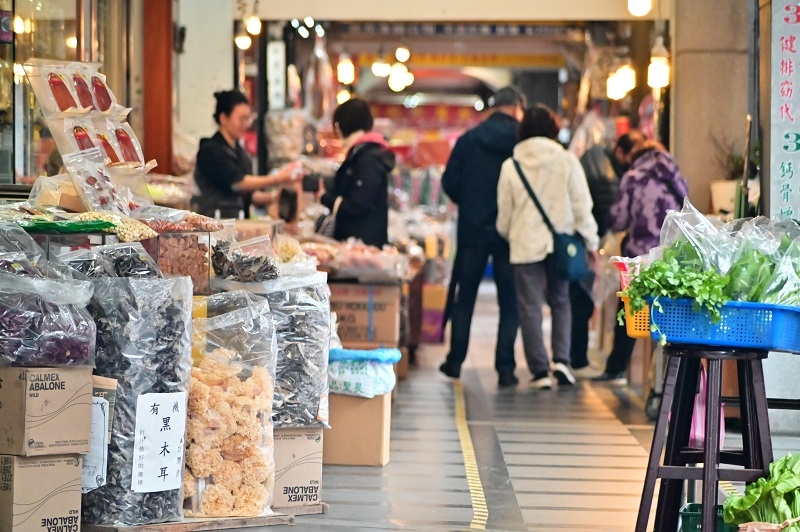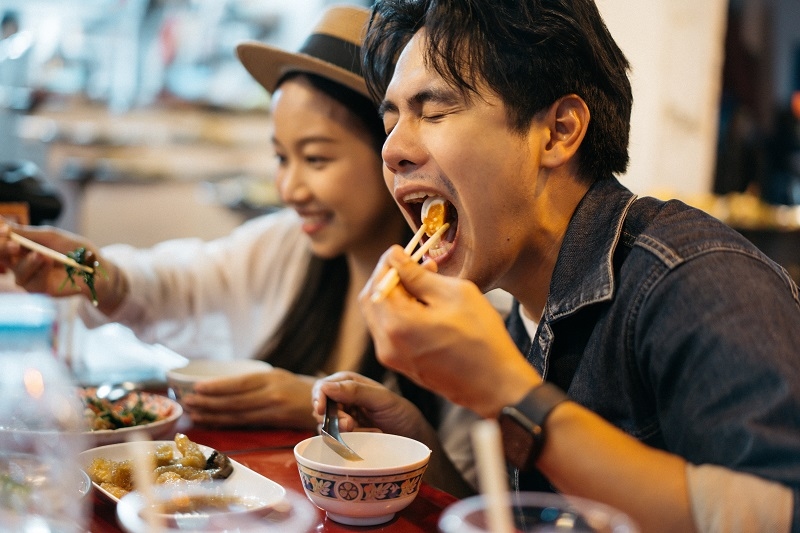
Travel is not just about landscapes and viewpoints - it is about taste, smell, and memory. The importance of food in travel cannot be overstated. Your every bite abroad is not just sustenance - it is an immediate connection to the locals' culinary traditions and an echo of their values, culture, and identity. Food is a story, and people around the world tell their most personal stories not out loud, but through food. From the spices of Morocco to the rice bowls of Japan, a dish carries a profound amount of meaning.
In this blog, we will look at how food and identity are linked, and how food storytelling is the most intimate way to experience a culture. For travelers searching for that deeper, meaningful experience, knowing how the culture of food impacts travel turns any meal into a soulful experience.
When traveling through taste, you are able to glimpse into human civilization, beliefs, rituals and values. The cultural importance of food in travel is implied in its capacity to instantly link you to a place's traditions. The street food in Bangkok, as just one example, is not only spicy and colorful but in fact represents community and resilience. A baguette in the streets of Paris is not merely bread; it's an expression of belonging to a nation, pride in history and culture, and the tradition of know-how, pastry-making, and lifestyle.
Food is the introduction to locate everything from agriculture to architecture. The way a dish is cooked, prepared, served, and eaten represents how people live. The regional ingredients, preparation method, and style of eating together collectively represent the lifestyle and perspective of a place. It is not necessarily the food on the plate, but what that plate represents.
Food is inextricably linked with individual and group identity. For most societies, ethnic cuisine is handed down like family heirlooms, influenced by geography, colonization, emigration, and climate. Thus, food becomes a tasty icon of what we are and whence we are from.
Think of your childhood comfort food—Southern fried chicken, Italian Sunday sauce, etc.— they are more than just food, they're yours. They come with nostalgia, family tradition, and cultural significance and meaning attached. In many countries around the world, the national plate is a bastion of cultural identity—with sushi in Japan, paella in Spain, and jollof rice in West Africa all being cultural symbols.
The links between food and identity can be particularly poignant in diaspora communities. Food is carried from homelands and reshaped and remade over generations, bringing the old with the new. In so doing, they become dynamic representations of dual identities—holding on to the past while embracing a new future.
Culinary heritage is the record of a culture's history—wars, trade routes, colonisation, and migration patterns. It's history you can eat. The Indian use of spices has an ancient history in trading routes, and the Peruvian use of potatoes has an indigenous agricultural connection pre-colonization.
UNESCO is even recognized as an organization that legitimizes human behaviors by designating certain culinary traditions as the "Intangible Cultural Heritage" of mankind. These culinary traditions include traditional Mexican cuisine, the Mediterranean diet, and the Japanese washoku. These culinary traditions are not just cooking methods, but long-standing traditions that establish specific ways of life.
When tourists participate in culinary traditions, they are participating in living history. A pasta-making lesson in Tuscany, a dumpling folding lesson, or an experience at a tea ceremony in Kyoto are not mere activities; they are active forms of learning that support cross-cultural understanding.
Every meal tells a story in food narratives, which is probably the oldest and most universal form. Consider the Thanksgiving turkey—its narrative involves thankfulness, harvest time, and heritage. One bowl of pho in Vietnam tells the history of French colonialism, war, and perseverance. Ethiopian injera brings stories of communal sharing and spiritual fasting.
Chefs everywhere are employing food as a storytelling tool. Contemporary restaurants develop tasting menus that are autobiographical—each dish a representation of a place, a memory, or a philosophy. On the grassroots level, home cooks share techniques and flavors that have endured throughout centuries of adversity and transformation.
Food is spoken as a common language. One that is not subject to translation. You don't have to speak Italian to comprehend the exhilaration of handmade pasta. You don't have to learn Swahili to experience the comfort of a Ugandan matoke meal shared with friends.

Cultural dining on the road is a deliberate method to make your travels richer. Rather than merely marking off sights, dining locally and authentically gets you in touch with the essence of a place.
By living these cultural food customs, we can develop meals into cultural travel experiences that create understanding, empathy, and memories.
Food constructs bridges on which words may fail. Having dinner together asks for trust, warmth, and vulnerability. It's one means of respecting another person's heritage while discovering points in common.
In a more fragmented world, food bridges divides. A Syrian refugee preparing shawarma in Berlin, or a Korean grandmother preparing kimchi in Los Angeles, is doing more than trading recipes—he's trading culture, pride, and dignity.
For those who place value on food as a cultural aspect of travel, their experiences abroad change their perspective on the world. They discover that even though cultures are highly diverse, preparing and sharing food is a global expression of love, love, and connection.
From weddings to funerals, food takes center stage in cultural rituals. These aren't merely celebrations or mourning rituals—they're acts of preserving culture.
In Mexico, Día de los Muertos is celebrated with pan de muerto and sugar skulls, affirming the connection between the living and the dead. In India, religious festivals such as Diwali are celebrated with traditional sweets such as laddoos and barfis. In the American South, "soul food" brings people together after church or at reunions.
These food rituals are acts of storytelling that reveal how cultures experience joy, sorrow, gratitude, and community. By participating in these customs while traveling, we are more than observers—we become students of a lifestyle.
As sustainable awareness continues to grow, the concept of ethical food tourism becomes more relevant. Before you paint the town (or eat) red, it's important to be aware of your food of origin, how it is produced, and the source of the profit.
Sustaining food cultures and fair cultural travel through food means leaving a legacy of taste and stories for future generations to appreciate the beauty of travelling.
Following are some considerate steps each traveler can follow to respect the cultural value of food during travel:
When you travel with your heart and your palate, you expose yourself to the type of experiences that guidebooks can't provide.
The next time you find yourself away from home, take a brief moment to pause before you take that first bite, and consider the following: What does this food tell you about the land, the people, and the story they're telling?
The cultural value of food while traveling is in taste, but also in value. Food teaches us histories, embraces identities, and remembers tradition; every spice, every simmer, every shared bite of food is just a thread in the greater tapestry of human culture.
When you recognize food-as-storytelling, value food-as-heritage, and investigate food-and-identity, you are doing the work of shifting from a tourist to a cultural actor. So do it, eat without fear. Taste without hesitation. And let each meal lead you closer to the centre of a place.
This content was created by AI